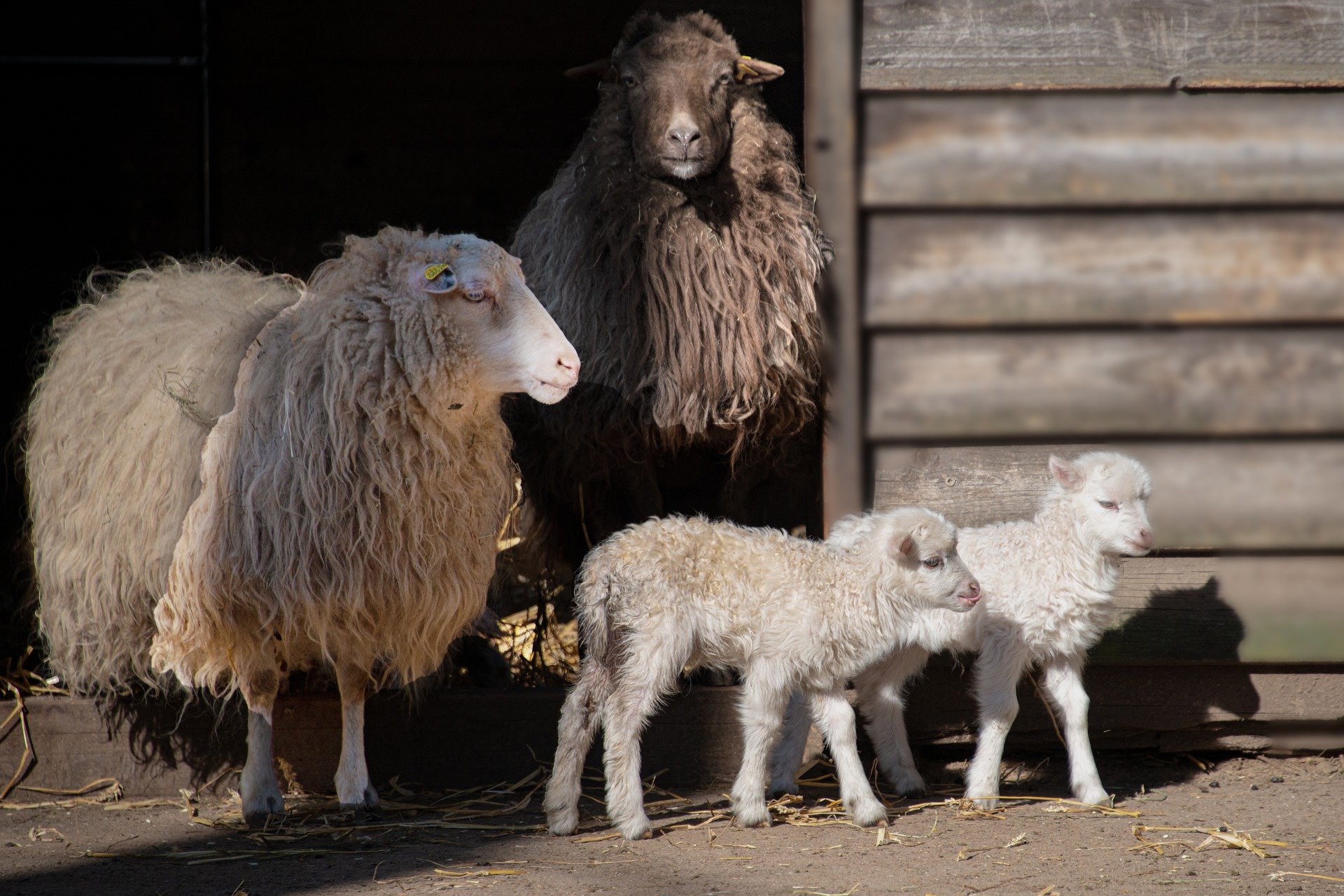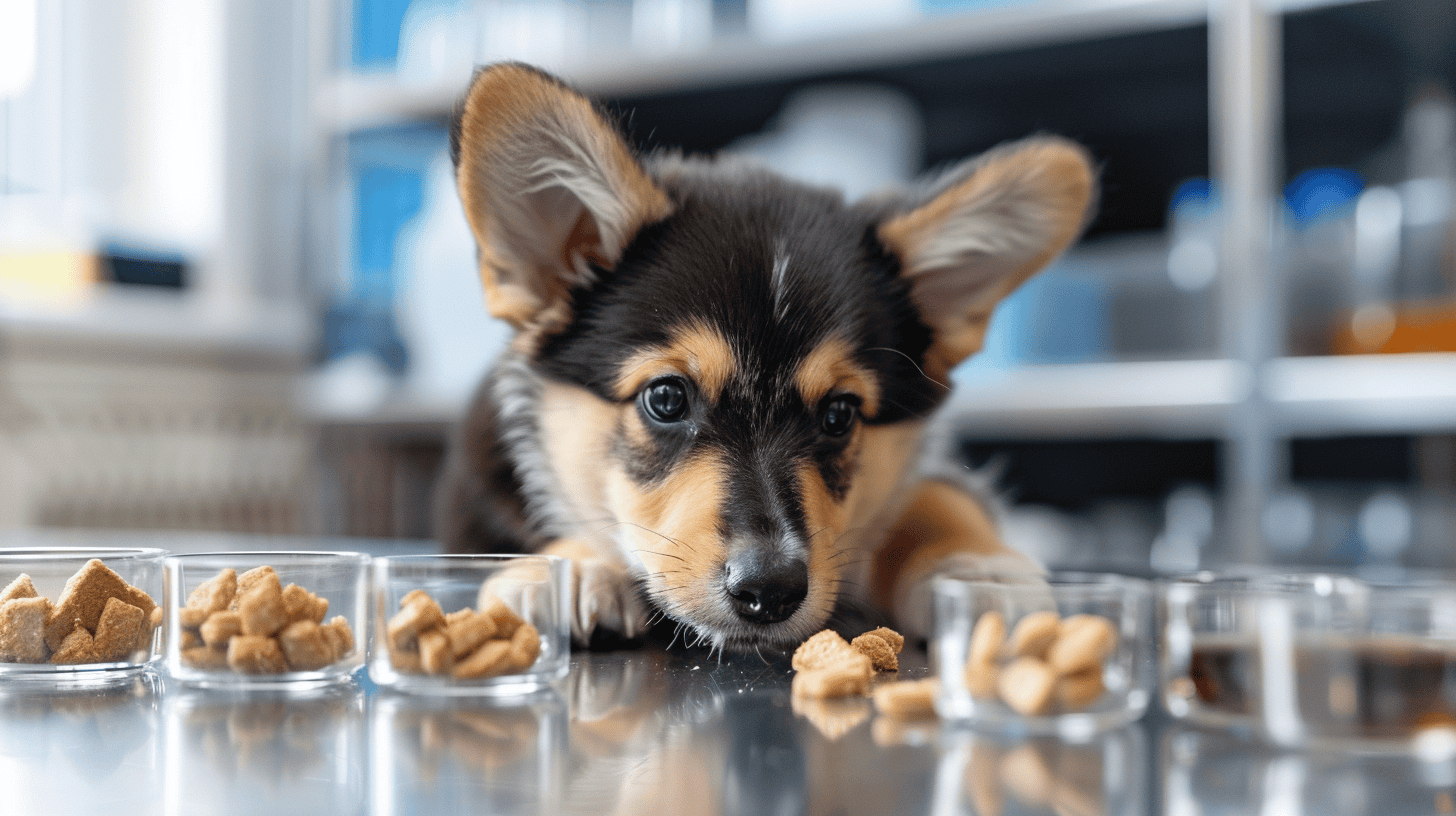
Experts from the University of Nottingham have developed a ground-breaking software, which combines DNA sequencing and machine learning to help them find where, and to what extent, antibiotic resistant bacteria is being transmitted between humans, animals and the environment, writes the British university in this press release.
The study, which is published in PLOS Computational Biology, was led by Dr Tania Dottorini from the School of Veterinary Medicine and Science at the University.
Bacteria infect humans and carry drug-resistance
Anthropogenic environments (spaces created by humans), such as areas of intensive livestock farming, are seen as ideal breeding grounds for antimicrobial-resistant bacteria and antimicrobial resistant genes, which are capable of infecting humans and carrying resistance to drugs used in human medicine. This can have huge implications for how certain illnesses and infections can be treated effectively.
In this new study, a team of experts looked at a large scale commercial poultry farm in China, and collected 154 samples from animals, carcasses, workers and their households and environments. From the samples, they isolated a specific bacteria called Escherichia coli (E. coli). These bacteria can live quite harmlessly in a person’s gut, but can also be pathogenic, and genome carry resistance genes against certain drugs, which can result in illness including severe stomach cramps, diarrhoea and vomiting.
Machine learning uncovered a network of drug- resistant genes
Researchers used a computational approach that integrates machine learning, whole genome sequencing, gene sharing networks and mobile genetic elements, to characterise the different types of pathogens found in the farm. They found that antimicrobial genes (genes conferring resistance to the antibiotics) were present in both pathogenic and non-pathogenic bacteria.
The new approach, using machine learning, enabled the team to uncover an entire network of genes associated with antimicrobial resistance, shared across animals, farm workers and the environment around them. Notably, this network included genes known to cause antibiotic resistance as well as yet unknown genes associated to antibiotic resistance.
Computational approach helps analyzing more data
Dr Dottorini said: “We cannot say at this stage where the bacteria originated from, we can only say we found it and it has been shared between animals and humans. As we already know there has been sharing, this is worrying, because people can acquire resistances to drugs from two different ways – from direct contact with an animal, or indirectly by eating contaminated meat. This could be a particular problem in poultry farming, as it is the most widely used meat in the world.
“The computational tools that we have developed will enable us to analyse large complex data from different sources, at the same time as identifying where hotspots for certain bacteria may be. They are fast, they are precise and they can be applied on large environments – for instance – multiple farms at the same time.
“There are many antimicrobial resistant genes we already know about, but how do we go beyond these and unravel new targets to design new drugs?
The research was done in collaboration with Professor Junshi Chen, Professor Fengqin Li and Professor Zixin Peng from China National Center for Food Safety Risk Assessment (CFSA).

Selected for you!
Innovation Origins is the European platform for innovation news. In addition to the many reports from our own editors in 15 European countries, we select the most important press releases from reliable sources. This way you can stay up to date on what is happening in the world of innovation. Are you or do you know an organization that should not be missing from our list of selected sources? Then report to our editorial team.







